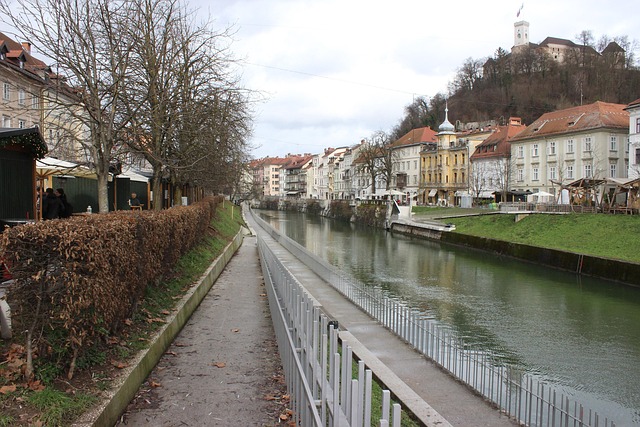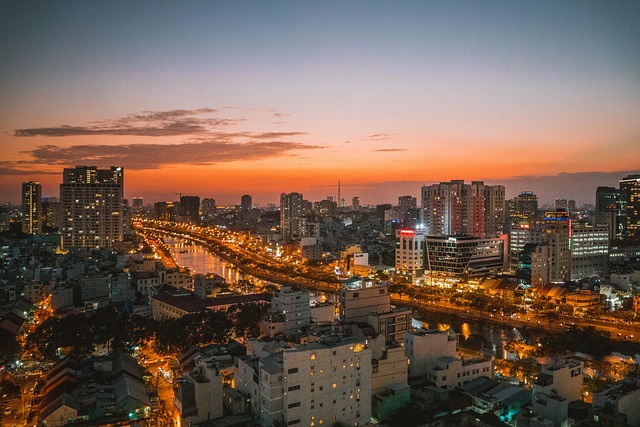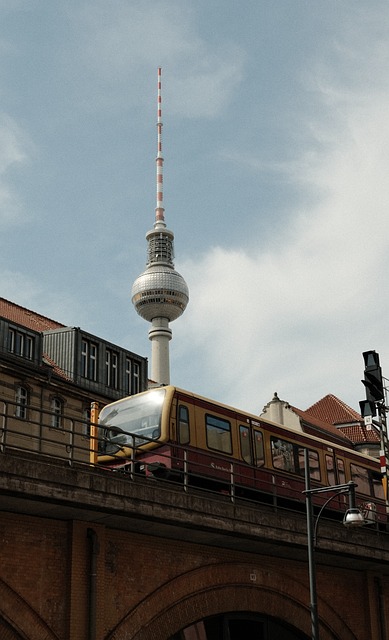Karachi's economic hub, Khalid Bin Walid Road, faces severe traffic congestion due to rapid urbanization, lack of dedicated infrastructure like bus lanes or efficient signals, and unplanned construction. This challenges urban mobility with peak-hour traffic from morning until late afternoon. Solutions include implementing intelligent transportation systems, constructing dedicated lanes, promoting public transport, dynamic parking pricing, and congestion charges to ease congestion and enhance travel experiences in Karachi. Integrating technology and sustainable practices aims for a smoother, greener future.
Karachi, Pakistan’s bustling metropolis, faces significant traffic challenges on its major arterial roads, with Khalid Bin Walid Road (KBR) being a notable example. This thoroughfare, crucial for connecting various parts of the city, often experiences severe congestion due to increasing vehicle ownership and complex traffic patterns. Understanding these patterns is vital for implementing effective solutions to enhance traffic flow and alleviate the daily hustle on KBR, ultimately improving the quality of life for Karachi’s folks.
- Understanding Karachi's Traffic Patterns on Khalid Bin Walid Road
- Challenges and Causes of Congestion on This Major Arterial
- Potential Solutions and Future Prospects for Improved Traffic Flow
Understanding Karachi's Traffic Patterns on Khalid Bin Walid Road

Karachi, as Pakistan’s economic hub, boasts a complex network of roads that bear the brunt of the city’s bustling traffic. Khalid Bin Walid Road is no exception, serving as a major arterial route connecting various parts of this metropolis. Understanding the traffic patterns on this road is key to navigating Karachi’s urban mobility challenges. The flow of vehicles on Khalid Bin Walid Road is typically high during peak hours, with a significant increase in traffic from morning rush hour until late afternoon. This pattern reflects the daily commute of thousands of Karachians who rely on this thoroughfare for their jobs and errands.
The road’s significance as a transport corridor is evident in the diverse range of vehicles using it—from private cars to public transportation, including buses and rickshaws. This mix contributes to congestion at certain points, especially at intersections and bridges. Analyzing these traffic dynamics is crucial for urban planners to implement effective strategies, such as optimizing signal timings, encouraging public transport usage, or introducing innovative mobility solutions, aiming to alleviate the traffic strain on Khalid Bin Walid Road and improve overall travel experiences in Karachi.
Challenges and Causes of Congestion on This Major Arterial

Khalid Bin Walid Road, a vital arterial in Karachi, has been facing significant traffic congestion issues, impacting the daily lives of residents and businesses alike. The challenges are multifaceted, with several causes contributing to this problem. One major factor is the rapid urbanization and population growth of the city, leading to an increase in vehicle ownership. As more cars take to the roads, the capacity of this major thoroughfare becomes strained, resulting in heavy traffic jams during peak hours.
Additionally, inadequate infrastructure and poor road management play a role. The road’s design might not cater to the high volume of traffic it handles, lacking essential features like dedicated bus lanes or efficient traffic signals. Unplanned construction activities and lack of proper parking facilities also disrupt the flow, further exacerbating the congestion. These factors create a complex web of challenges that demand attention to ensure smoother transportation in Karachi.
Potential Solutions and Future Prospects for Improved Traffic Flow

In Karachi, Khalid Bin Walid Road has become notorious for its heavy traffic congestion, impacting daily commutes and economic productivity. Potential solutions to alleviate this issue include implementing intelligent transportation systems (ITS) such as real-time traffic monitoring and adaptive signal control, which can optimize vehicle flow. Additionally, constructing dedicated bus lanes and promoting public transport can encourage a shift from private vehicles, reducing road density.
Looking ahead, the future of Khalid Bin Walid Road’s traffic management could involve smart city initiatives like dynamic pricing for parking and congestion charges during peak hours. These measures aim to discourage non-essential travel during crowded times, encouraging more efficient routing. By integrating technology and sustainable transport practices, Karachi can strive towards a smoother and greener future for its residents, offering a model for improved urban mobility in the city.
Karachi’s Khalid Bin Walid Road, a major arterial, faces significant traffic congestion due to various challenges. Understanding these patterns and their causes is essential for implementing effective solutions. By leveraging innovative strategies and infrastructure improvements, Karachi can enhance traffic flow, reduce travel times, and improve the overall quality of life for its residents. These potential solutions offer a glimpse into a future where Khalid Bin Walid Road becomes a more efficient and seamless transportation hub within the city.








Leave a Reply